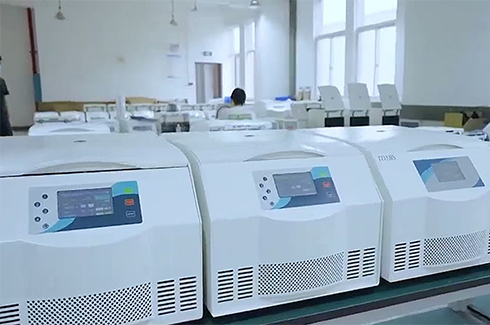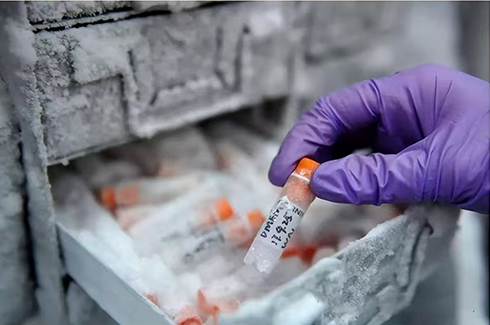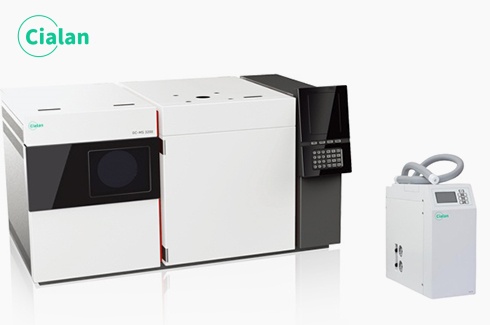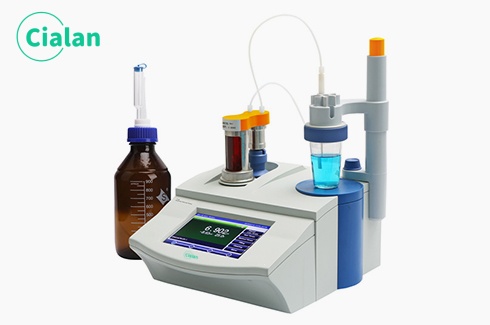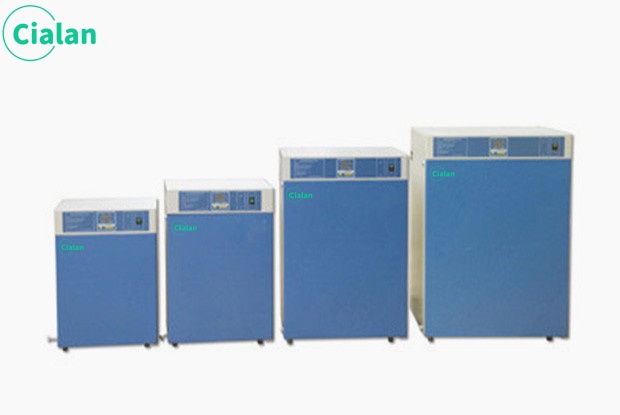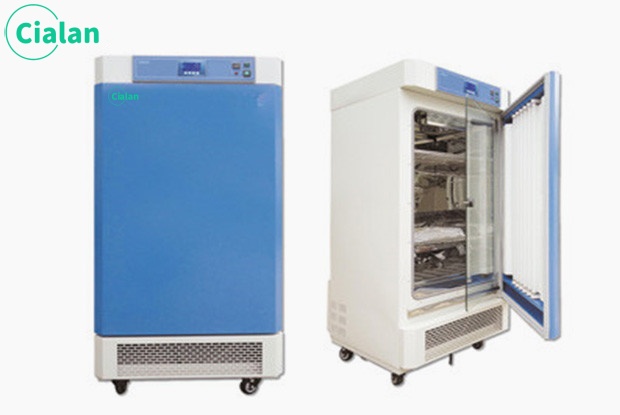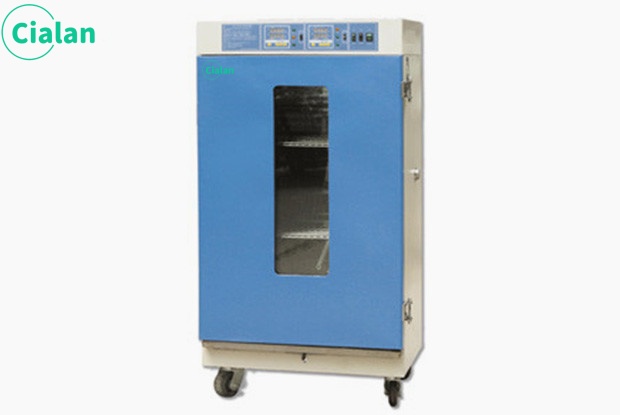The difference between artificial climate incubator and lighting incubator.
Common in artificial climate chamber and light incubator.
Artificial climate chambers and light incubators are similar in terms of light and temperature control. Both have automatic light and temperature control functions. The main difference is that the former can control the humidity in the box, while the latter cannot.
The differences.
Artificial climate chamber.
The artificial climate box has the functions of light, hot and cold constant temperature, automatic humidity control, etc., and can be used for plant seed germination, seedling cultivation, plant cycle cultivation, microbial culture, insect and small animal breeding and other experiments.
Artificial climate chambers are suitable for experiments that require relatively high humidity control. For example, in the process of raising insects, artificial feed needs to be placed in test tubes, petri dishes or specific insect-raising vessels, which requires high humidity control.
Light incubator.
The light incubator integrates constant temperature and light functions and can be used for plant germination, seedling cultivation, tissue cell culture, microbial culture, insect and small animal breeding, as well as enzymology and enzyme engineering research.
The light incubator does not have a humidity control system and is suitable for raising plants that do not require high environmental humidity, or for experiments where plant hosts raise insects and do not have strict humidity requirements. Since plants need watering during their growth, a certain amount of humidity will be generated in the box, so a light incubator can meet the requirements. In addition, some entomological research experiments are conducted in petri dishes - agar medium is added to the petri dish, and the leaves are placed on the culture medium to maintain humidity. The test insects are raised in the petri dish, and the humidity requirements in the box are not strict. , so a light incubator can be used.

Artificial climate chambers and light incubators are similar in terms of light and temperature control. Both have automatic light and temperature control functions. The main difference is that the former can control the humidity in the box, while the latter cannot.
The differences.
Artificial climate chamber.
The artificial climate box has the functions of light, hot and cold constant temperature, automatic humidity control, etc., and can be used for plant seed germination, seedling cultivation, plant cycle cultivation, microbial culture, insect and small animal breeding and other experiments.
Artificial climate chambers are suitable for experiments that require relatively high humidity control. For example, in the process of raising insects, artificial feed needs to be placed in test tubes, petri dishes or specific insect-raising vessels, which requires high humidity control.
Light incubator.
The light incubator integrates constant temperature and light functions and can be used for plant germination, seedling cultivation, tissue cell culture, microbial culture, insect and small animal breeding, as well as enzymology and enzyme engineering research.
The light incubator does not have a humidity control system and is suitable for raising plants that do not require high environmental humidity, or for experiments where plant hosts raise insects and do not have strict humidity requirements. Since plants need watering during their growth, a certain amount of humidity will be generated in the box, so a light incubator can meet the requirements. In addition, some entomological research experiments are conducted in petri dishes - agar medium is added to the petri dish, and the leaves are placed on the culture medium to maintain humidity. The test insects are raised in the petri dish, and the humidity requirements in the box are not strict. , so a light incubator can be used.



